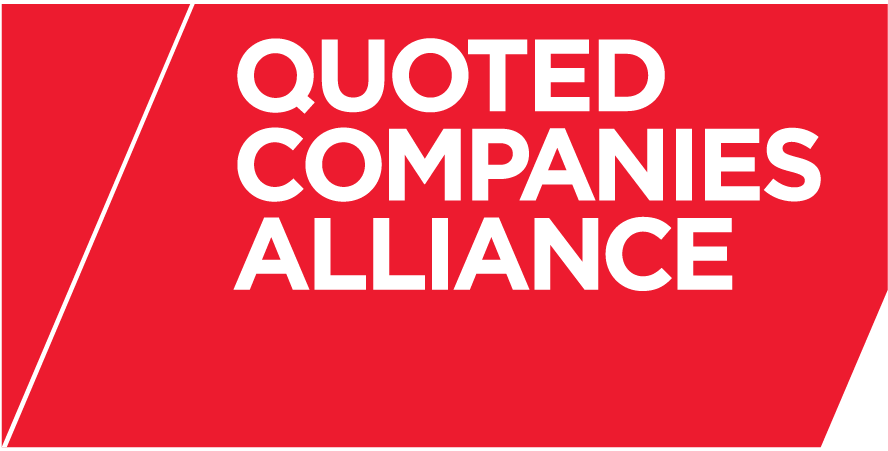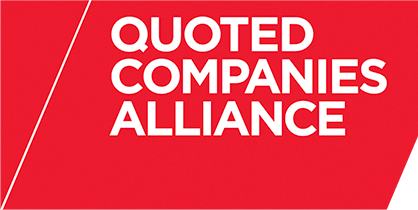Recent years have seen a seemingly inevitable trend of annual reports getting longer and longer. Sadly the view of many is that this trend has not resulted in annual reports becoming more and more informative to investors and other stakeholders alike.
The reasons behind this trend are many with preparers, auditors and regulators all being partially responsible. All too often companies, aided by auditors’ checklists of compliance, seek to fully comply with all disclosure requirements, regardless of materiality and once disclosure is added it is rarely removed. Such behaviours are often reinforced by fears of review either the Audit Inspection Unit (‘AIU’) or the Financial Reporting Review Panel (‘FRRP’).
A recent discussion paper, Cutting Clutter, issued by the Financial Reporting Council has sought to challenge this seemingly unstoppable trend. The paper recognises that clutter “undermines the usefulness of annual reports and accounts by obscuring key messages” and, through the time and effort taken to collate and prepare such additional information, can also be a big issue for preparers. It goes on to recommend some practical steps that companies can take to seek to address this issue.
One of the main causes of clutter in accounts is the number, and length, of disclosures concerning immaterial items. IAS 1 states that an entity “need not provide a specific disclosure required by IFRS if the information is not material” but, the report recognises, there continues to be significant uncertainty as to what material means from a disclosure perspective.
Despite this the report challenges preparers and their auditors to use the concept of materiality to reduce disclosure “with little or no risk of regulatory challenge”. The report highlights share option disclosures as all too often containing a disproportionate level of disclosure especially for immaterial schemes.
The report also highlights narrative explanations that remain unchanged year on year as a source of clutter. Some of this disclosure is unavoidable, either because of company law or accounting standards, but some of it is not. The example provided is corporate governance where many companies seek to demonstrate compliance with each of the 52 code provisions as opposed to just the 18 provisions where disclosure is required. Many companies, and investors, may feel that the additional disclosure is useful but need it be in an already lengthy annual report or could it be included, with a clear reference from the annual report, on a company’s website instead?
Even if preparers decide that all information provided is material and required the report still challenges how that information is presented to a reader. Information is more easily accessed by a reader if paragraphs of narrative are broken up by suitable sub-headings, if, where possible, numbers are presented in tabular form as opposed to within the narrative and if areas of change from the prior year, estimates and judgements are clearly highlighted.
Looking to the future the report would like to see full advantage taken of the internet age with much unchanging narrative, such as accounting policies, being taken out of the annual report altogether and placed on a company’s website with the annual report focussing much more on areas of change. Such suggestions would require legal changes and hopefully the government will consider them alongside its current review of narrative reporting.
Properly used annual reports are a vital tool for communicating with investors and other stakeholders and are frequently the first document a potential investor, or customer, will look at. Cutting Clutter challenges preparers, auditors and regulators to stand back from the normal reporting process and consider whether they is a better, simpler way of presenting and disclosing information. Reconsidering the reasons for disclosure and the format of those disclosures in an annual report could be time well spent.
Matthew Stallabrass is a Partner at Crowe Clark Whitehill LLP and member of the QCA Financial Reporting Committee.

